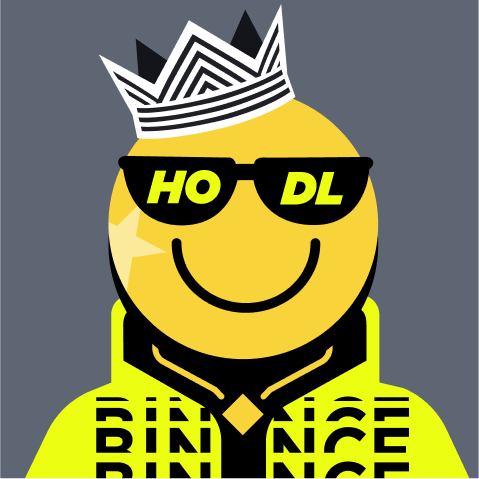Beginner's Challenge: Turning $50 into $1,000 in a Week Using Chart Patterns
For beginners in trading, the idea of turning a small investment into a significant profit may seem daunting, but with the right strategy and knowledge of chart patterns, it’s possible. Here's how you can use chart patterns to aim for growing $50 into $1,000 within a week.
Understanding Chart Patterns
Chart patterns are graphical representations of price movements that indicate potential future trends. They are divided into two main categories: reversal patterns (which suggest a trend change) and continuation patterns (which predict that the current trend will continue).
Key Reversal Patterns:
Bearish Double Top: Indicates a shift from an uptrend to a downtrend.
Bullish Double Bottom: Marks the start of an uptrend after a downtrend.
Head and Shoulders: Signifies trend exhaustion and a potential reversal.
Key Continuation Patterns:
Bullish/Bearish Flag: Signals the continuation of the prevailing trend after a strong price movement.
Pennant Patterns: Indicates consolidation before the trend resumes.
Symmetrical Expanding Triangle: Reflects increasing volatility before following the trend direction.
Step-by-Step Guide to the Challenge
1. Create a Trading Plan A clear plan is essential for trading success:
Start Small: Use your $50 wisely with low-risk, high-reward trades.
Risk Management: Never risk more than 2-5% of your capital per trade.
Set Targets and Stops: Always define your take-profit and stop-loss levels before entering a trade.
2. Spot Opportunities Using Chart Patterns Analyze your assets (like BTC, ETH, or trending altcoins) for chart patterns.
Example 1: Bullish Flag
Entry: Buy when the price breaks above the flag.
Target: Measure the flagpole's height and project it upward.
Stop Loss: Place it below the flag’s lower boundary.
Example 2: Bearish Double Top
Entry: Sell when the price drops below the neckline.
Target: Measure the distance from the neckline to the tops and project it downward.
Stop Loss: Place above the second top.
3. Trade High-Volatility Pairs Choose pairs with high trading volumes and volatility, such as BTC/USDT or ETH/USDT, to take advantage of price swings for quicker profits.
4. Use Leverage Cautiously Leverage can amplify your gains, but it also increases risk. Use it wisely and ensure tight risk management.
5. Monitor Your Progress Track your trades daily to refine your strategy. If you hit your risk limit, step back, analyze your trades, and avoid emotional decisions like revenge trading.
Example of a Daily Trading Strategy
Day 1: Spot chart patterns like bullish flags, triangles, or double bottoms, and place trades with clear stop-loss and take-profit levels.
Days 2-4: Build on profitable trades by scaling up the size of your positions with your accumulated gains. Stick to your strategy and avoid overtrading.
Days 5-6: Ride strong trends by identifying continuation patterns like bullish pennants or flags, aiming to maximize profits.
Day 7: Lock in your profits and secure your gains by withdrawing part of your earnings.
Risk Management Tips
1. Avoid Over-Leveraging: Leverage can boost profits but also increase losses.
2. Stick to Your Plan: Emotional decisions can lead to unnecessary losses.
3. Diversify Your Trades: Don’t put all your funds into one trade or asset.
4. Use Stop-Losses: Protect your capital by limiting your losses.
Realistic Expectations
While turning $50 into $1,000 in a week is possible, it carries significant risks. Beginners should view this challenge as a learning experience rather than a guaranteed way to make profits.
Conclusion
By mastering chart patterns and following a disciplined approach, you can grow your trading capital. Remember, trading success comes not just from hitting targets, but from learning and improving with each trade.


